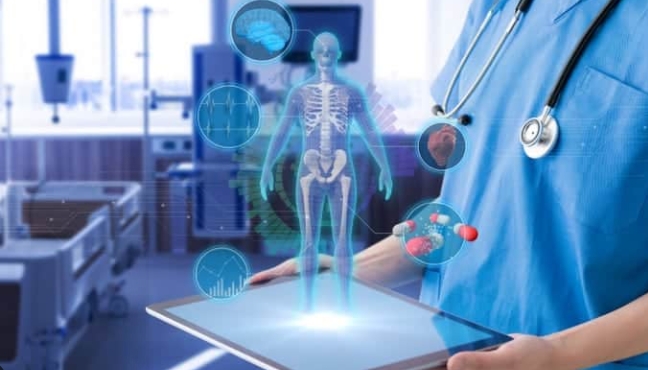Augmented reality (AR) is transforming the way we approach healthcare. By merging the physical and digital worlds, AR is revolutionizing medicine in ways we never thought possible.
Enhanced Surgical Precision
One of the key benefits of AR in medicine is its ability to enhance surgical precision. Surgeons can overlay digital images onto a patient’s body during procedures, allowing them to see internal anatomy in real-time. This leads to more accurate and less invasive surgeries, ultimately improving patient outcomes.
Improved Medical Training
AR technology is also being used to revolutionize medical training. Medical students can practice complex procedures in a virtual environment before ever stepping foot in an operating room. This hands-on experience helps students develop the skills they need to excel in their field, while also reducing the risk of human error during training.
Enhanced Patient Education
AR is also transforming the way patients interact with their healthcare providers. By using AR applications, patients can better understand their diagnosis and treatment options. For example, a patient could view a 3D model of their own anatomy and see how a particular medication or procedure would impact their body.
Remote Consultations and Telemedicine
AR is making healthcare more accessible through remote consultations and telemedicine. Patients can connect with their healthcare providers virtually, reducing the need for in-person appointments and increasing access to care for those in remote or underserved areas. Additionally, AR technology can be used to monitor patients’ progress at home, providing real-time feedback and support.
The Future of Healthcare
As technology continues to advance, the possibilities for AR in medicine are endless. From personalized treatment plans to enhanced medical research, AR is reshaping the future of healthcare in ways we never imagined. By harnessing the power of augmented reality, we can improve patient outcomes, streamline medical procedures, and ultimately revolutionize the way we approach healthcare.

